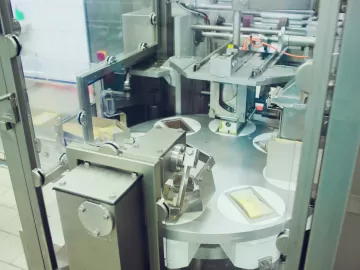Danone recognized as global environmental leader with triple ‘A’ score given by CDP
Danone today announced, in December 2020, that it has been highlighted for the second year in a row as a world environmental leader by the international non-profit organization CDP, whose disclosure and scoring system is recognized as the gold standard of corporate environmental transparency.




